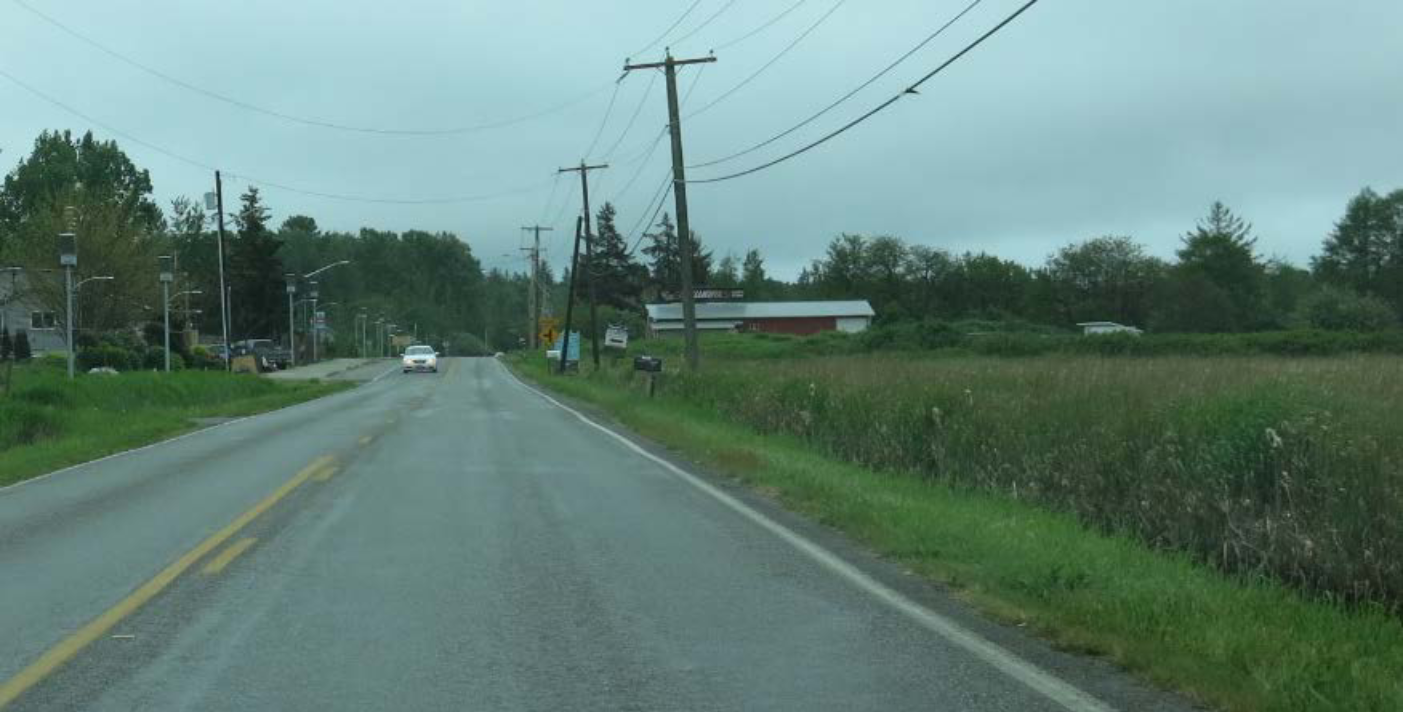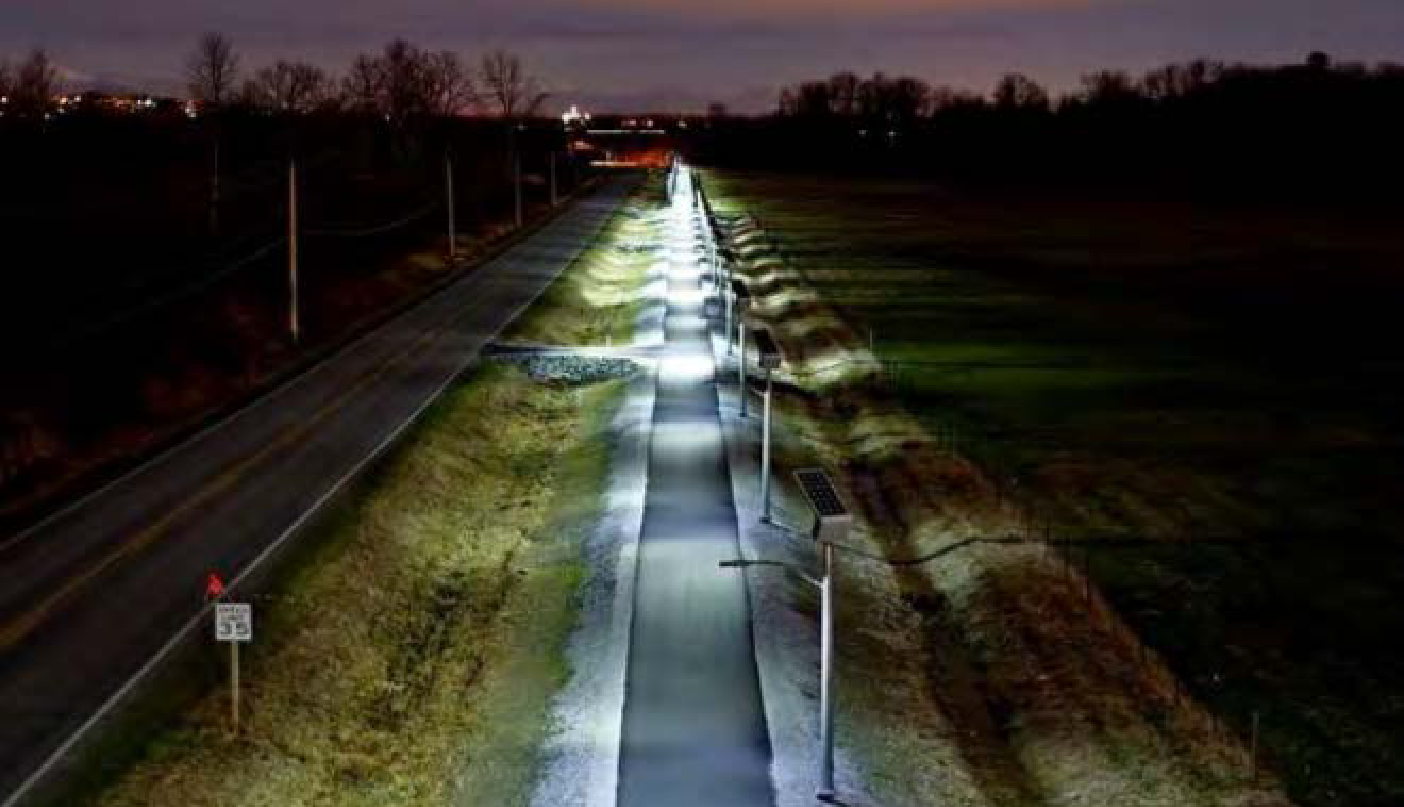← Return to Monthly Spotlight Archives
Complete Streets | July 2022
A Complete Street is safe, and feels safe, for all users. Rural roads have unique challenges when it comes to addressing safety and space for all users. High speeds, two-way traffic, and narrow pavement leave little room for error when there is a mix of motor vehicles, bicyclists, and pedestrians. Haxton Way is a rural major collector owned and maintained by Whatcom County, Washington within the Lummi Reservation. Pedestrians and bicyclists along this road use it to get to the grocery store and employment. In this case, the roadway was the only transportation infrastructure in place. This roadway has a narrow width of 22 feet and a 50-mph posted speed limit. This area was plagued with safety challenges, including a severe crash history.
After careful consideration of roadway safety for all, the proposed project included pedestrian and bicycle infrastructure that was separate from the roadway and included a combination of an asphalt pathway, raised boardwalk (used to avoid environmental impacts to wetlands), and a more traditional concrete sidewalk along the roadway (see Figure 1). Motion sensors and adaptive, solar-powered LED pathway lighting were installed to promote use during the dusk and dawn hours—before and after work throughout the year—as well as to minimize both operations and maintenance costs. Unfortunately, the right-of-way width for Haxton Way was not consistent and in some cases the roadway was outside of the right-of-way, so coordination and compromise were needed to secure the project. The Tribe’s value of preserving life over economic development, housing, and other priorities has helped drive a continual commitment to transportation safety and the success of this project.


Figure 1. Haxton Way Before (top) and After (bottom) the ROW Reallocation Project. Source: Hillary Isebrands, FHWA
After this project was constructed in 2010, crash data from 2012-2016 showed the project had improved safety for many users, including pedestrians and bicyclists. No pedestrian or bicycle deaths have occurred in the project limits since the pedestrian and bicycle infrastructure was constructed. In addition to the safety successes on Haxton Way in eliminating the number of fatalities and serious injuries, numerous other benefits have been realized, such as providing a recreation facility that allows people to be healthier and incorporate walking into their everyday life. The project also has overwhelming support from the community. The popularity and daily use of the trail drove the decision to locate baseball fields on the north end of the project. The pathway also is the ideal location for an annual community fun run and a place for all community members to exercise.
Complete Streets look different in different locations. As transportation agencies plan, develop, and operate equitable streets and networks that prioritize safety, comfort, and connectivity to destinations for all people who use the street network these agencies will need to develop solutions for a variety of contexts, including locations in rural and Tribal areas. In some cases, there will be incremental improvements until all users benefit from a safer environment all around them. For example, in this case, the roundabout built at Haxton and Kwina Road at the south end of the trail.
This Project: Case Study on Reallocating Right-of-Way for Multiple Modes
Moving to a Complete Streets Design Model: A Report to Congress on Opportunities and Challenges
RSPCB Program Point of Contact
Felix Delgado, FHWA Office of Safety
Felix.Delgado@dot.gov
FHWA Office of Safety
Staff and Primary Work Responsibilities
FHWA Office of Safety
Safety and Design Team
FHWA Resource Center